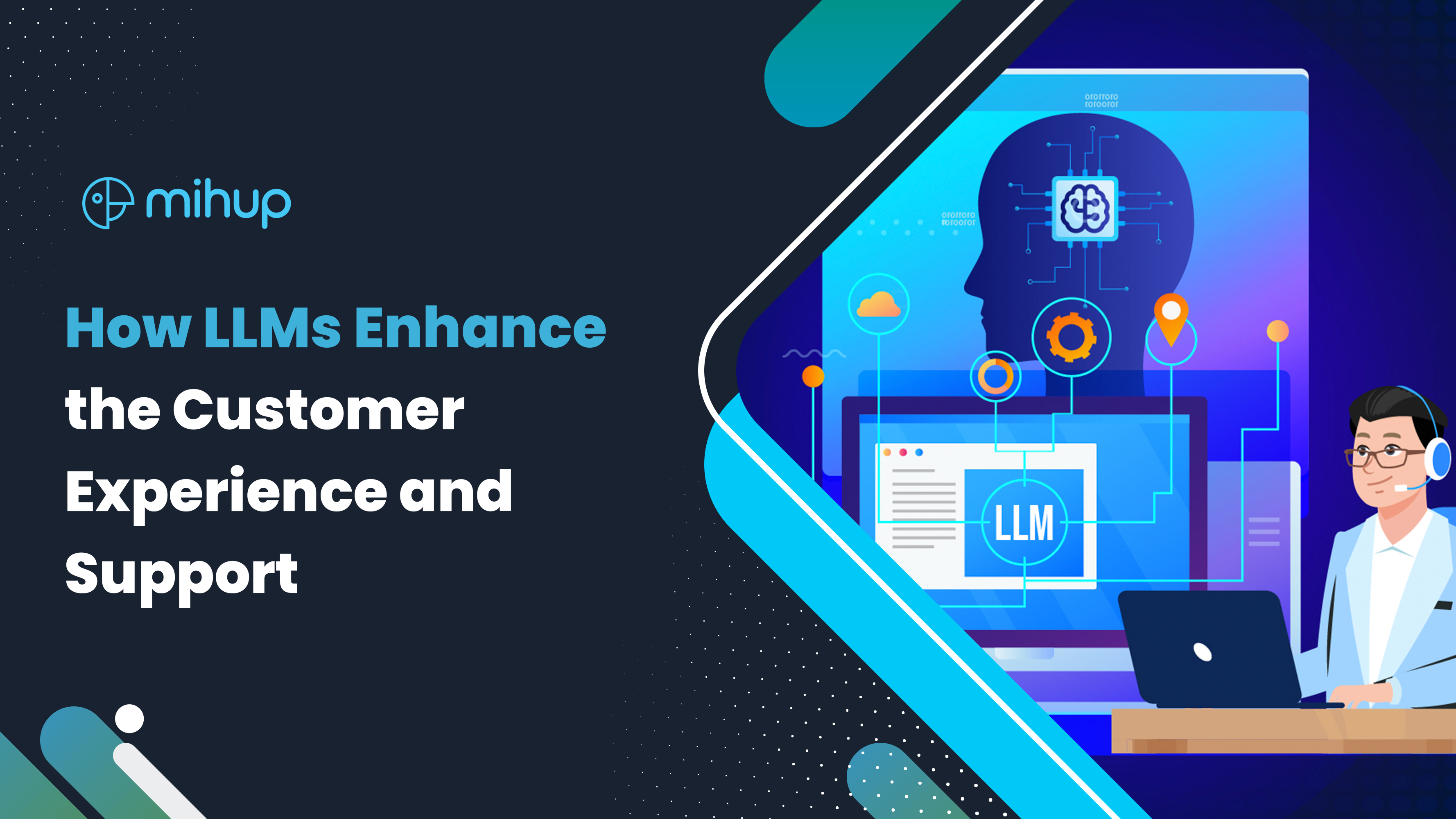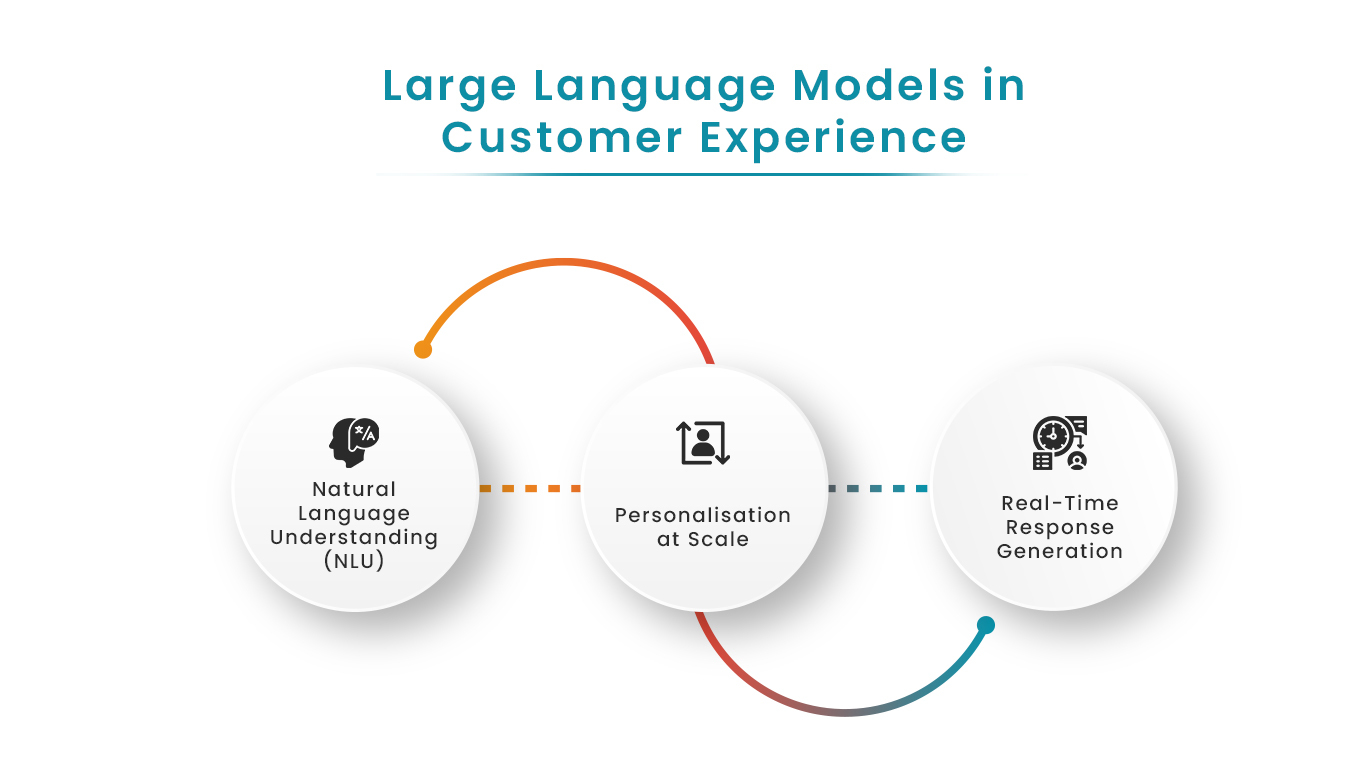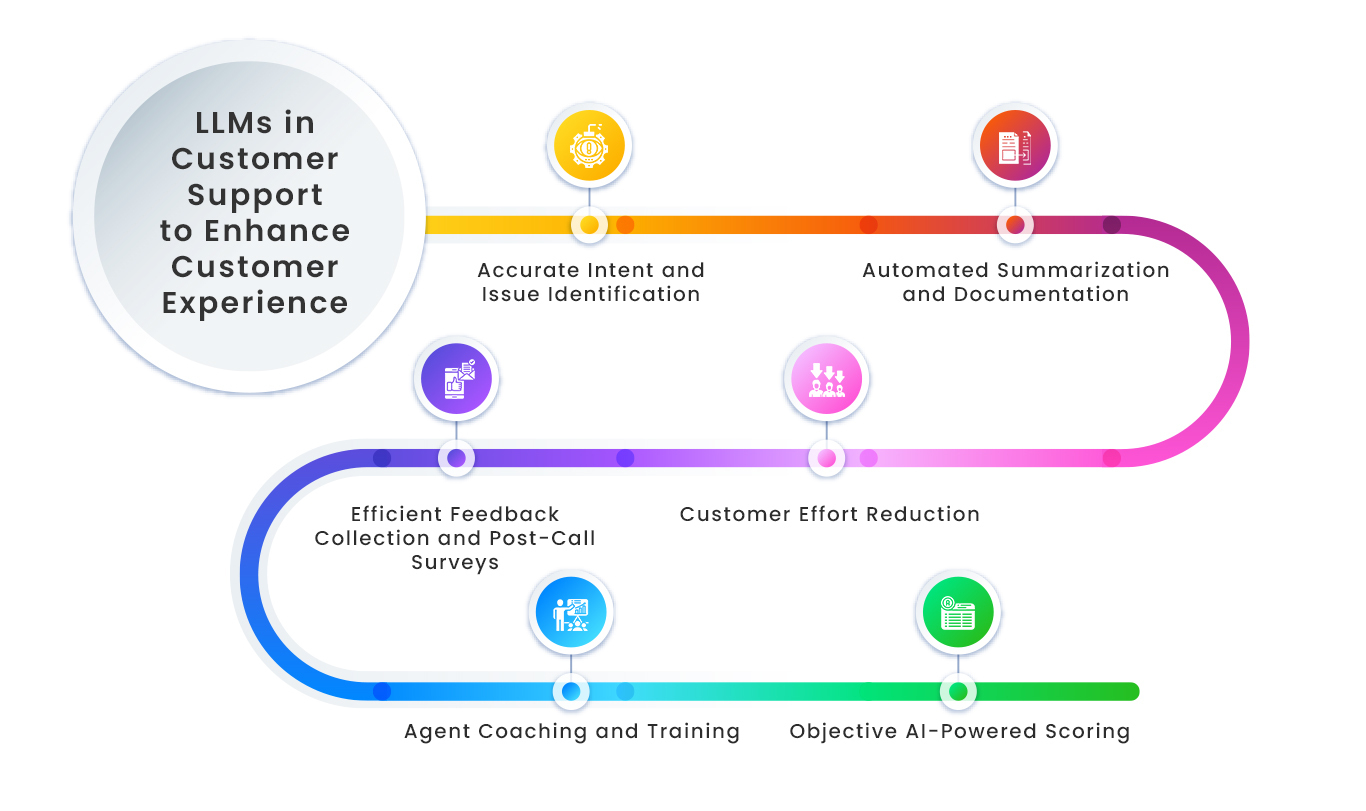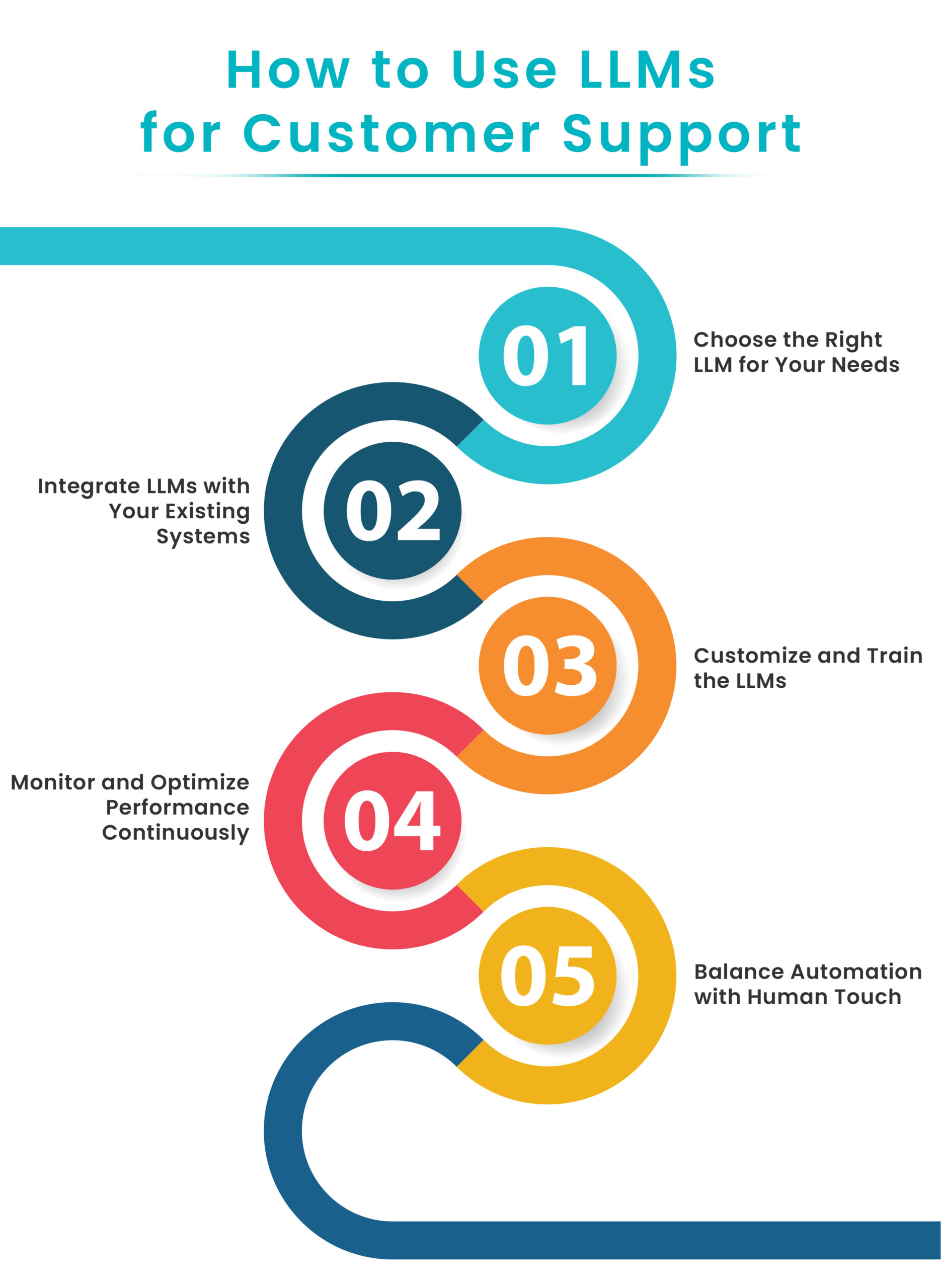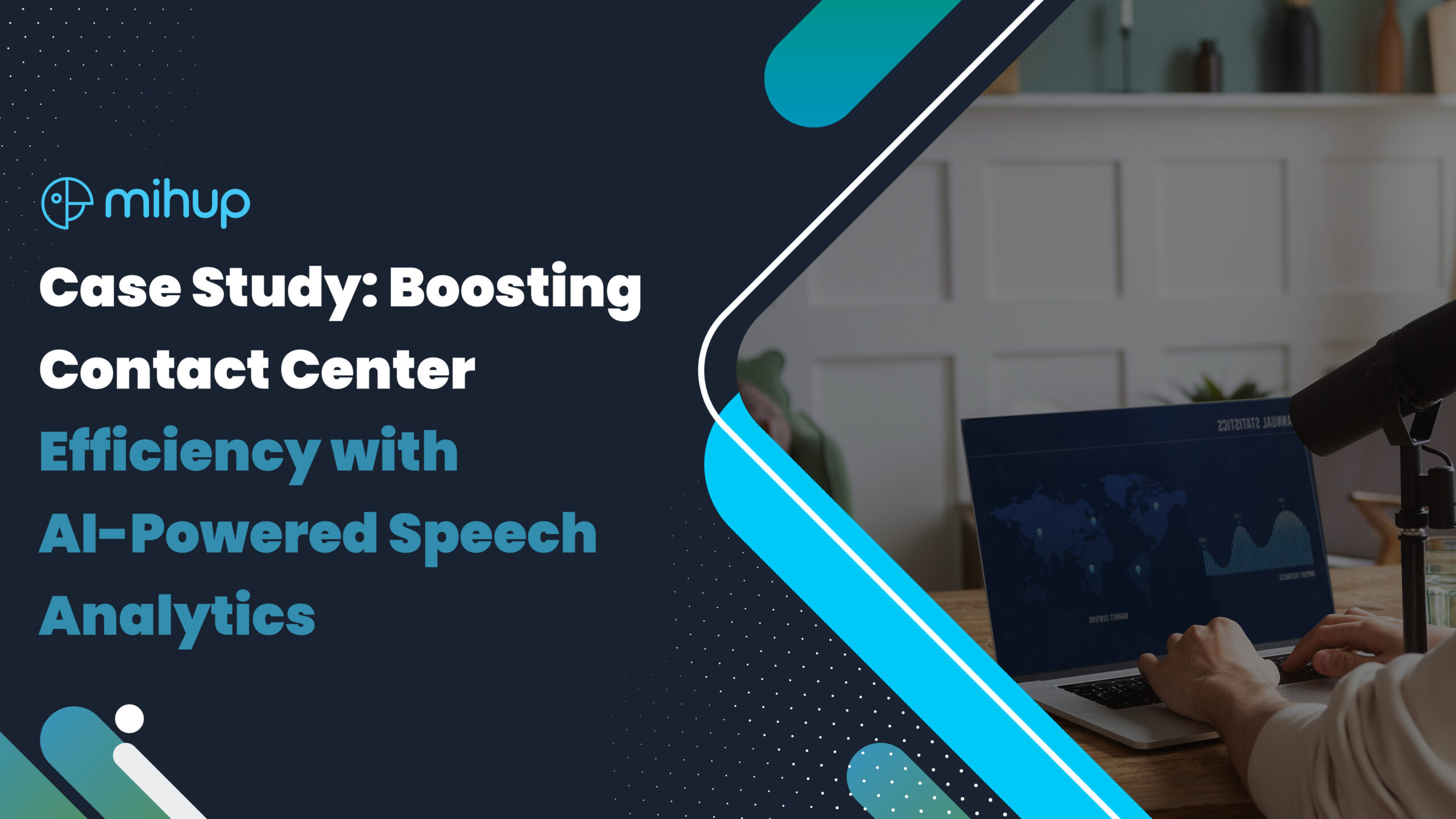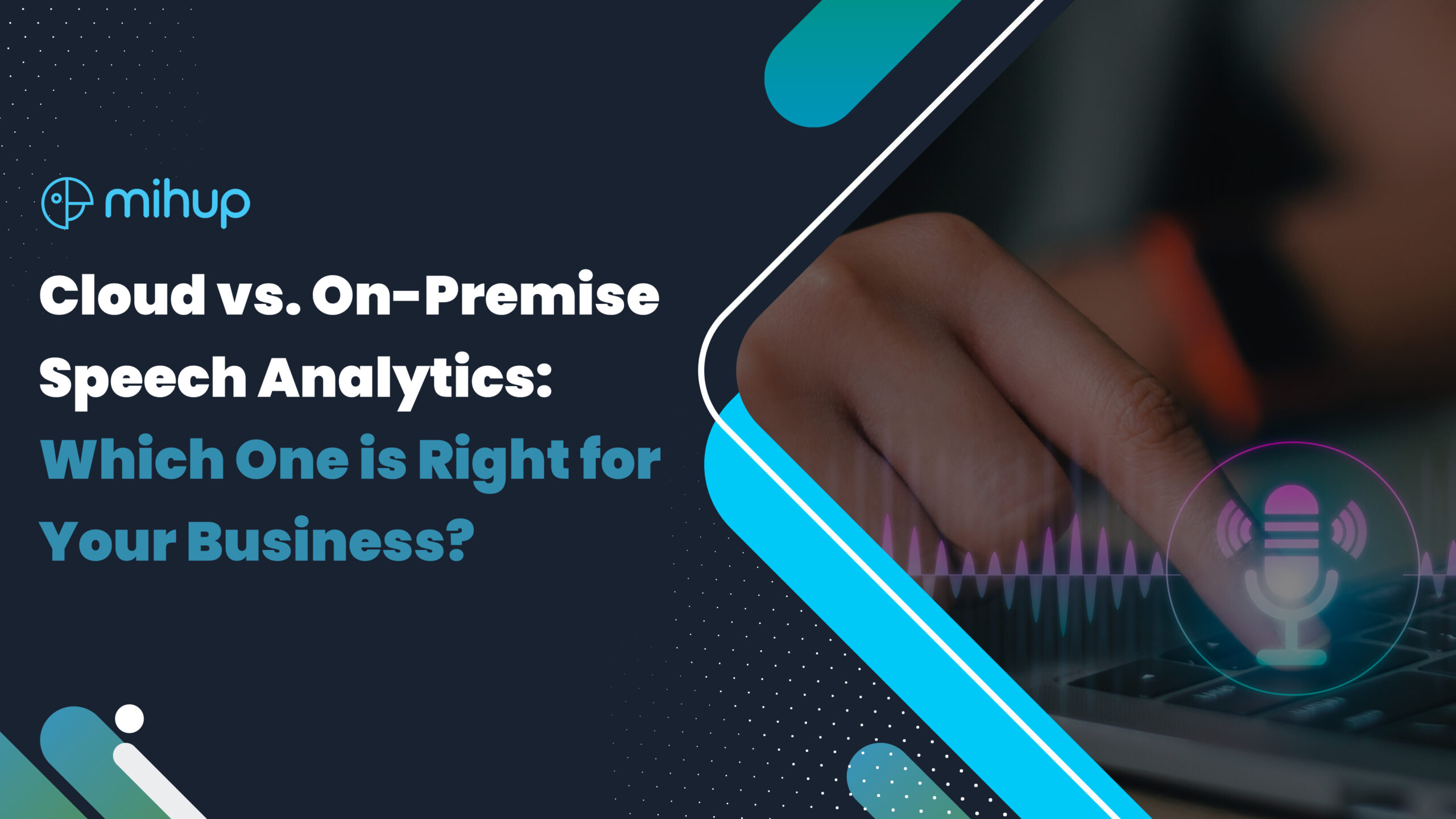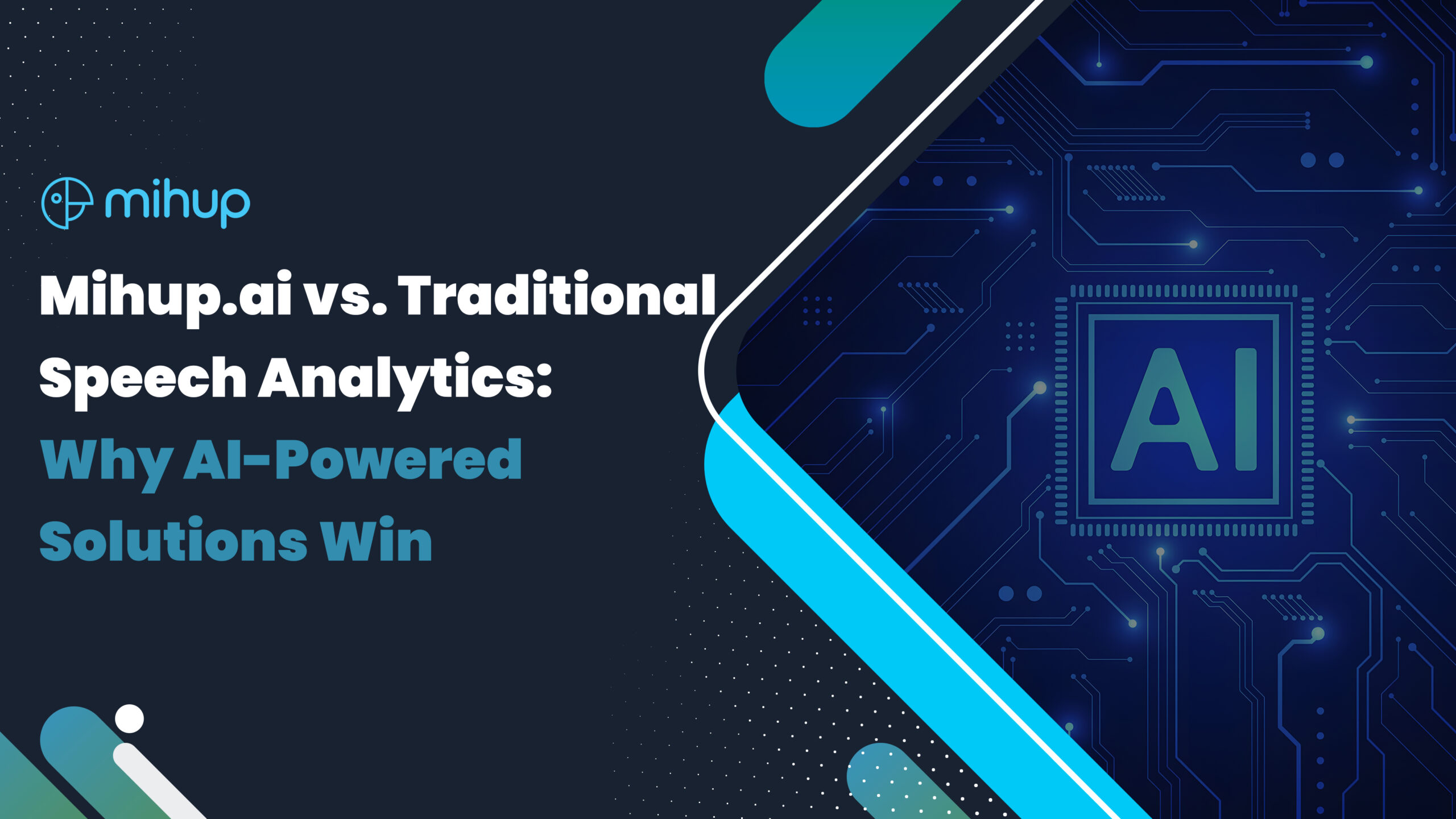“Experience is everything.” Most companies strive to give their customers the best experience so they can turn one-time buyers into loyal advocates, driving repeat business and organic growth. Yet, despite the best efforts of many companies, a significant number of customers still leave feeling dissatisfied. Why does this happen? Often, it comes down to not investing in the meaningful aspects of customer experience that truly matter: Speed, consistency, convenience, friendliness, and human touch.
Investing in the right tools and technology can bridge this gap by creating real connections—making interactions feel more human while equipping service teams with the tools needed to enhance meaningful aspects of CX. However, if you think you have plenty of time to make it right on this aspect then think again. Research shows that even customers who love a brand will abandon it after just one bad experience—potentially taking over 30% of your customers with them.
To refrain from this outcome, you need the right ingredients to make your customer experience memorable. Today Large Language Models (LLMs) for customer experience (CX) are turning out to be very powerful tools. These advanced AI tools are poised to transform how customers interact with technology, offering personalised services and experiences at scale.
If you are in customer experience (CX), hold tight, in this article we’ll explore how LLMs can help you deliver exceptional customer support and enhance overall customer satisfaction. Using an LLM—in this case, a fine-tuned model—I’ve outlined the ways these tools will change CX forever.
Understanding Large Language Models in Customer Experience (LLMs)
LLMs are a group of AI models trained to understand, generate, and process human language at scale. They are built with deep learning techniques and are capable of recognizing patterns in large amounts of text data. The Benefit of Integration? A machine that can understand context, nuance, and human sentiment. In the context of customer experience, LLMs bring several key capabilities:
Natural Language Understanding (NLU)
Accurately interprets customer inquiries, detects intent, and analyses sentiment, allowing businesses to respond with the appropriate level of empathy and urgency.
Personalisation at Scale
By leveraging historical data, LLMs can create responses and action items tailored to individual customers, providing a highly personalised experience that meets their specific needs and preferences.
Real-Time Response Generation
LLMs are also capable of generating human-like responses in real time, significantly reducing response times and improving the overall efficiency of customer service.
With these capabilities, LLMs are uniquely positioned to help businesses meet the growing demand for fast, effective, and personalized customer service. Let’s explore how these models can enhance customer support in practice.
LLMs in Customer Support to Enhance Customer Experience
Large Language Models Enhance the Customer Experience in several impactful ways:
Accurate Intent and Issue Identification
LLMs can identify the intent behind the customer’s interactions accurately and ensure more relevant and responsive service. This results in routing issues to the right department or agent, significantly reducing wait times and enhancing the customer experience.
Automated Summarization and Documentation
LLMs can automatically generate summaries of customer interactions, saving agents valuable time on post-interaction tasks and ensuring that all key points are accurately captured. This reduces the administrative burden on agents, allowing them to focus more on customer engagement and service quality. Additionally, it enables quicker follow-ups and supports a more seamless and cohesive customer journey.
Efficient Feedback Collection and Post-Call Surveys
LLMs automate the collection of customer feedback by analyzing the interaction itself and generating feedback, scores, and insights based on their understanding of the conversation. This approach overcomes the common issue of low response rates to traditional post-call surveys by providing an objective assessment of the customer’s experience. The insights gathered can then be used to identify trends, uncover pain points, and continuously refine service strategies.
Customer Effort Reduction
LLMs can automatically identify friction points in customer interactions and provide actionable insights to reduce the effort customers must exert to resolve their issues. This results in streamlined processes and improved customer experience.
Agent Coaching and Training
LLMs can act as virtual coaches by analyzing agent-customer conversations, identifying the key areas for improvement, and providing agents with personalised feedback. This helps enhance agent performance, by providing personalized training recommendations ultimately resulting in more consistent and higher-quality customer interactions.
Objective AI-Powered Scoring
LLMs take the guesswork out of performance evaluation; they provide 100% AI-powered scoring of agent interactions, offering a data-driven approach to performance evaluation. This ensures consistent quality control and supports fair, objective decision-making.
How to Use LLMs for Customer Support
Here’s a step-by-step guide to effectively using LLMs for customer support:
Choose the Right LLM for Your Needs
Evaluate different LLMs based on your business requirements, such as the size of the model, domain specificity, and the type of customer interactions you handle, and choose the one that can help you in every aspect of your business.
Integrate LLMs with Your Existing Systems
Ensure seamless integration with your current customer relationship management (CRM) software, ticketing systems, and other tools. This will help in maintaining a consistent workflow and maximizing the benefits of LLMs.
Customize and Train the LLMs
Adapting an LLM to your business’s unique language, jargon, and customer contexts can enhance its effectiveness. However, creating a custom LLM in-house can cost millions, and generic models may not meet specific needs. Instead, consider using third-party custom LLMs tailored to your industry, offering a specialized solution without the high development costs.
Monitor and Optimize Performance Continuously
Regularly assess the performance of the LLM by analyzing its outputs and making necessary adjustments. Implement feedback loops to refine the model based on real-world customer interactions and evolving needs.
Balance Automation with Human Touch
While LLMs can handle routine tasks and queries, human agents should still manage complex or sensitive issues. This balance ensures that technology enhances the customer experience without losing the human touch that customers value.
Conclusion
Large Language Models (LLMs) are transforming the customer support landscape, enabling businesses to provide faster, more accurate, and highly personalized services at scale. By integrating LLMs into their customer support strategy, companies can ensure consistent, high-quality interactions that foster loyalty and enhance the overall customer experience.
As the capabilities of LLMs continue to evolve, now is the time for businesses to explore and adopt these tools. With the right approach, LLMs can help deliver exceptional customer service and create lasting, positive impressions that drive growth and success.
Pro tip: Looking for the right LLM to transform your customer experience? Consider trying Mihup’s advanced, fine-tuned LLM build for Indian contact centers to match your specific needs. Book a demo and let’s connect to understand your business requirements better!
